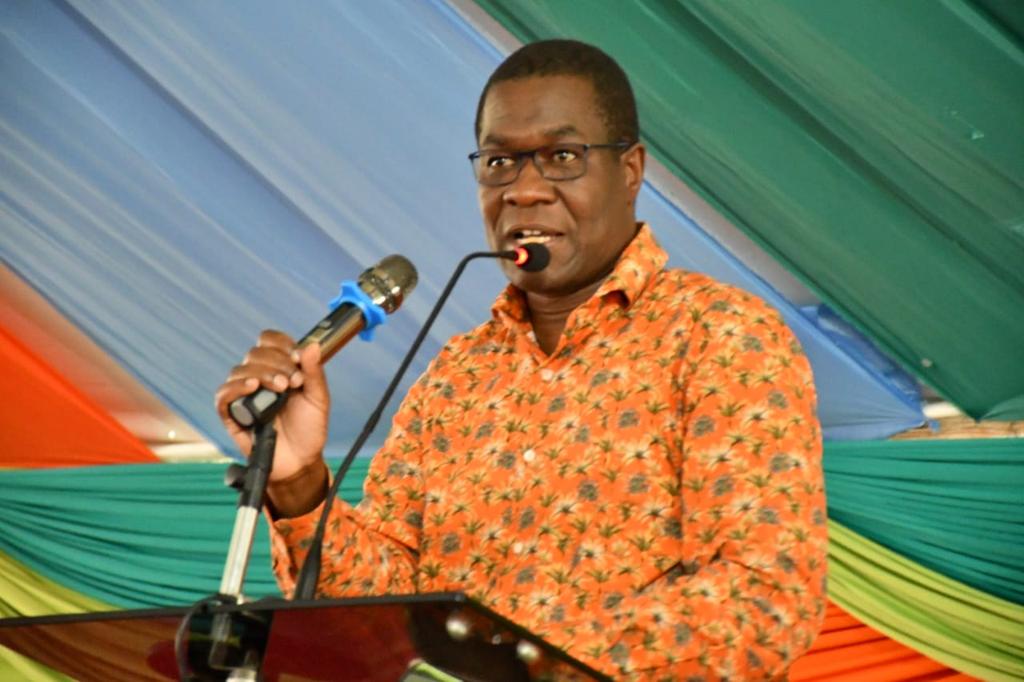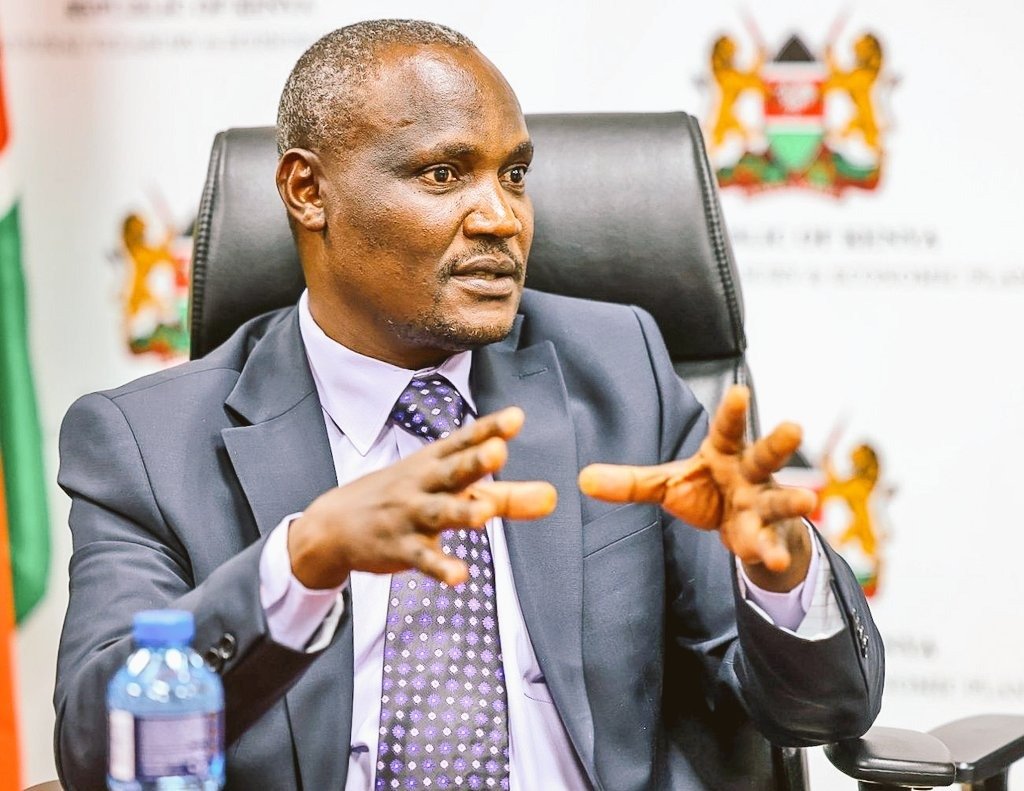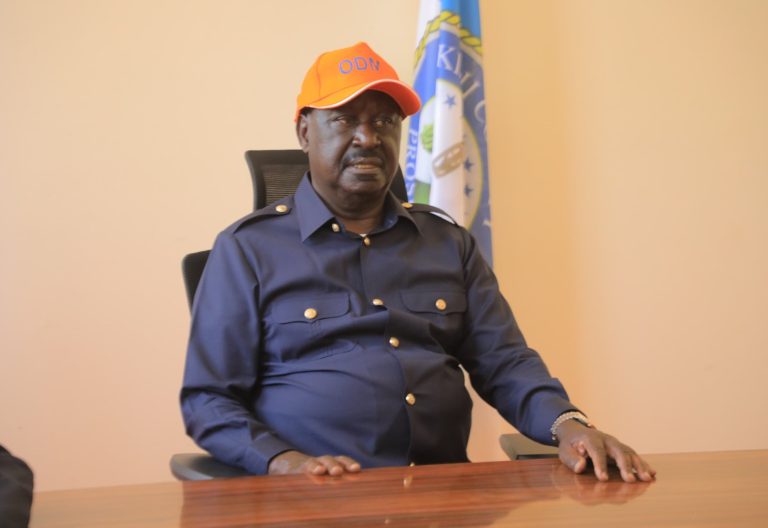Is Ruto’s grip on power slipping?

At the height of his 2022 electoral victory, President William Ruto stood as a self-styled “hustler”, a man of the people who promised a radical economic transformation and a clean break from the politics of dynasties.
But fast-forward to mid-2025, and that revolutionary aura is beginning to fade.
His political bark may still echo through State House and Parliament, but the ground beneath his feet appears increasingly shaky. The big question now is: Is Ruto’s grip on power quietly slipping?
The signs aren’t subtle; they are in the streets, on social media, and now even within his inner political circle.
It started in earnest in mid-2024, when a leaderless, youth-led uprising, fuelled by anger over the now-infamous Finance Bill, rocked the nation. Thousands of young Kenyans, most of them from Generation Z, took to the streets. What began as peaceful protests turned into a national reckoning after Parliament was stormed on June 25. In the aftermath, more than 50 people lay dead. Ruto vetoed the bill, but the damage to his image was done.
The chaos was not a fluke. It was the opening salvo of a much larger social and political revolt.
By July 2025, protests had returned with more intensity and more defiance. This time, the trigger was the death of Albert Ojwang, a young satirical blogger, while in police custody. More than 50 demonstrators died during subsequent clashes. Instead of calm, Ruto responded with fury, urging police to “shoot them in the legs”.
The backlash was swift, at home and abroad. Condemnation rained down, but Ruto held firm. His message was clear: dissent would be met with force.
But coercion can only go so far. What the youth were and still are demanding isn’t just tax relief or political inclusion. They’re demanding legitimacy. They want leadership that listens, not dictates.
For a president who built his brand on populism, the irony is biting: the “hustler” now finds himself the target of a new, leaderless movement that doesn’t want to be hustled anymore.

Ruto’s 2027 gamble?
At the heart of the crisis is a broken economic promise. Ruto’s bottom-up economic model once sounded revolutionary: empower the Kenyans with jobs, loans, and opportunity. But the reality? Skyrocketing costs of living, burdensome taxes, and rising public debt. While Ruto boasts of creating hundreds of thousands of digital jobs and youth enterprises, many Kenyans can’t see or feel those numbers. To them, it’s all smoke and mirrors.
The Finance Bill was a turning point not because of taxes alone but because it crystallised a deeper betrayal. Kenyans who once believed in Ruto’s promise of change now see a president prioritising elites, foreign lenders, and political survival over the people who put him in power.
Meanwhile, the unity within Ruto’s political machinery is showing cracks. The dramatic fallout with ousted deputy Rigathi Gachagua exposed fault lines within the ruling United Democratic Alliance (UDA).
Gachagua, once a loyal ally and the Mt Kenya region’s political gatekeeper, has become a vocal critic. His impeachment was swift, but the political cost may be heavier. Gachagua is rallying disillusioned voices in Mt Kenya, fuelling speculation that the once-solid UDA bloc could fracture ahead of 2027.
Behind the scenes, discontent simmers. UDA insiders whisper of betrayal and centralisation of power. Ruto’s decision to sideline old allies while courting opposition figures like Raila Odinga and Uhuru Kenyatta has raised eyebrows. It smells less like political strategy and more like elite self-preservation. The so-called handshake politics, once derided by Ruto himself, now appears to be his safety net.
But the handshake, while stabilising in Parliament, risks deepening public cynicism. For ordinary Kenyans, it feels like a bubble: yet another round of backroom deals that offer no relief to their daily struggles. The optics are bad. And in the age of hyper-online youth activism, optics matter more than ever.
What’s even more troubling is the apparent erosion of democratic norms. The state’s use of excessive force, extrajudicial killings, abductions, and digital surveillance has painted a chilling picture of an administration willing to crush dissent by any means necessary. When satire on Twitter becomes a jail-worthy offence, one must ask: what kind of democracy are we defending?

Power grip
Ruto hasn’t helped matters with his public statements. In June, during a speech in Western, he scoffed at the idea of conceding power in a future election, raising fears that he might challenge the constitutional order if 2027 doesn’t go his way. Add to that a Parliament bulldozing through laws with little debate, and the threat of institutional collapse becomes very real.
Still, all is not lost for Ruto yet. Structurally, he remains in control. His party dominates Parliament, the opposition is fragmented, and he commands the levers of state power. But structure without legitimacy is a castle built on sand.
If Ruto wants to remain more than a figurehead propped up by loyalists and security forces, he must urgently rethink his approach. He has two paths: reform or repression.
He can reach out to the youth genuinely, invest in policies that tangibly improve lives, and recommit to democratic values. Or he can double down on elite pacts and force, risking a political explosion he may not be able to contain.
Kenya’s past is full of reminders: from the Saba Saba protests to the 2007 post-election crisis, power that ignores public will rarely ends well. Ruto still has time to steer the ship away from the rocks. But the clock is ticking, and the bark is beginning to sound hollow.
In the end, it’s not about how loud the president roars but whether the people still believe in his voice.












